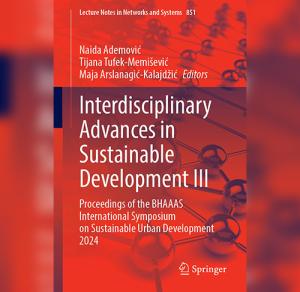
The ceramic glazed tiles, initially known for their use in the architecture of Iran and Central Asia [1], displayed their influence in the pre-Mughal period (1206–1526) and the Mughal era (1526–1857), thus forming an integral component of the architectural vocabulary of the Indian subcontinent.
Jindal School of Design and Architecture
The ceramic glazed tiles, initially known for their use in the architecture of Iran and Central Asia [1], displayed their influence in the pre-Mughal period (1206–1526) and the Mughal era (1526–1857), thus forming an integral component of the architectural vocabulary of the Indian subcontinent. Unfortunately, this unique art form is in disrepair and on the verge of becoming extinct in India, primarily due to a lack of understanding of its significance as an architectural material and its associational and cultural values [2].
The research framework has been carried out to understand historical lineages, cross-cultural influences on Mughal and pre-Mughal glazed tile works, and the evolution of styles and patterns. It aims to develop a conservation strategy based on the findings through literature analysis, site visits, and interviews with craftspeople involved in the conservation work of glazed tiles at Humayun's Tomb, World Heritage Site (WHS), and its associated monuments.
Mohit Dhingra
Jindal School of Art and Architecture, O.P. Jindal Global University, Sonipat, Haryana, India
Meenakshi Valliappa
Jindal School of Art and Architecture, O.P. Jindal Global University, Sonipat, Haryana, India
Jia Indrani Kapoor
Jindal School of Art and Architecture, O.P. Jindal Global University, Sonipat, Haryana, India
Rachit Sharma
Jindal School of Art and Architecture, O.P. Jindal Global University, Sonipat, Haryana, India
| Published Date | 03-09-2024 |
| Category | Achievements |